| Weight | 1 lbs |
|---|---|
| Dimensions | 9 × 5 × 2 in |
| host | mouse |
| isotype | IgG1 |
| clonality | monoclonal |
| concentration | 1 mg/mL |
| applications | ICC/IF, IHC, WB |
| available sizes | 100 µg |
mouse anti-GFAP monoclonal antibody (2E1) 9024
$409.00
Antibody summary
- Mouse monoclonal to GFAP
- Suitable for: WB, ICC/IF, IHC
- Reacts with: human, mouse, rat
- Isotype: IgG2b
- 100 µg
mouse anti-GFAP monoclonal antibody (2E1) 9024
| target relevance |
|---|
| Glial Fibrillary Acidic Protein (GFAP) is a crucial cell marker widely employed in neuroscience and neurobiology research. It is an intermediate filament protein primarily found in astrocytes, a type of glial cell in the central nervous system. GFAP serves as a reliable marker for identifying and characterizing astrocytes in various experimental models and tissues. Immunohistochemistry and immunofluorescence techniques using antibodies targeting GFAP enable researchers to visualize and quantify astrocytic populations, gaining insights into their distribution, morphology, and function in the brain. Moreover, GFAP antibodies are instrumental in studying astrocyte reactivity, a phenomenon occurring in response to brain injury or neurodegenerative diseases. As astrocytes play critical roles in neural development, neurotransmitter regulation, and maintenance of the blood-brain barrier, GFAP has proven indispensable in advancing our understanding of glial biology and its contribution to neurological disorders. Click for more on: cell markers and GFAP |
| Protein names Glial fibrillary acidic protein (GFAP) |
| Gene names GFAP,GFAP |
| Protein family Intermediate filament family |
| Mass 49880Da |
| Function FUNCTION: GFAP, a class-III intermediate filament, is a cell-specific marker that, during the development of the central nervous system, distinguishes astrocytes from other glial cells. |
| Subellular location SUBCELLULAR LOCATION: Cytoplasm {ECO:0000269|PubMed:12058025}. Note=Associated with intermediate filaments. {ECO:0000269|PubMed:12058025}. |
| Tissues TISSUE SPECIFICITY: Expressed in cells lacking fibronectin. {ECO:0000269|PubMed:1847665}. |
| Structure SUBUNIT: Interacts with SYNM. {ECO:0000250|UniProtKB:P03995}.; SUBUNIT: [Isoform 2]: Interacts with PSEN1 (via N-terminus). {ECO:0000269|PubMed:12058025}. |
| Post-translational modification PTM: Phosphorylated by PKN1. {ECO:0000269|PubMed:12686604, ECO:0000269|PubMed:9099667, ECO:0000269|PubMed:9175763}. |
| Involvement in disease DISEASE: Alexander disease (ALXDRD) [MIM:203450]: A rare disorder of the central nervous system. The most common form affects infants and young children, and is characterized by progressive failure of central myelination, usually leading to death within the first decade. Infants with Alexander disease develop a leukodystrophy with macrocephaly, seizures, and psychomotor retardation. Patients with juvenile or adult forms typically experience ataxia, bulbar signs and spasticity, and a more slowly progressive course. Histologically, Alexander disease is characterized by Rosenthal fibers, homogeneous eosinophilic inclusions in astrocytes. {ECO:0000269|PubMed:11138011, ECO:0000269|PubMed:11567214, ECO:0000269|PubMed:11595337, ECO:0000269|PubMed:12034785, ECO:0000269|PubMed:12034796, ECO:0000269|PubMed:12581808, ECO:0000269|PubMed:12944715, ECO:0000269|PubMed:12975300, ECO:0000269|PubMed:15030911, ECO:0000269|PubMed:15732097, ECO:0000269|PubMed:17043438, ECO:0000269|PubMed:17805552, ECO:0000269|PubMed:17894839, ECO:0000269|PubMed:17934883, ECO:0000269|PubMed:17960815, ECO:0000269|PubMed:18004641, ECO:0000269|PubMed:18079314, ECO:0000269|PubMed:19412928, ECO:0000269|PubMed:20359319, ECO:0000269|PubMed:21917775, ECO:0000269|PubMed:23364391, ECO:0000269|PubMed:23743246, ECO:0000269|PubMed:24742911}. Note=The disease is caused by variants affecting the gene represented in this entry. |
| Target Relevance information above includes information from UniProt accession: P14136 |
| The UniProt Consortium |
Data
Publications
| pmid | title | authors | citation |
|---|---|---|---|
| 37759938 | Neuroimmune Support of Neuronal Regeneration and Neuroplasticity following Cerebral Ischemia in Juvenile Mice. | Ricaurte A Marquez-Ortiz, Vesna Tesic, Daniel R Hernandez, Bilkis Akhter, Nibedita Aich, Porter M Boudreaux, Garrett A Clemons, Celeste Yin-Chieh Wu, Hung Wen Lin, Krista M Rodgers | Brain Sci 13:N/A |
| 37667307 | Metal-organic framework materials promote neural differentiation of dental pulp stem cells in spinal cord injury. | Heng Zhou, Shuili Jing, Wei Xiong, Yangzhi Zhu, Xingxiang Duan, Ruohan Li, Youjian Peng, Tushar Kumeria, Yan He, Qingsong Ye | J Nanobiotechnology 21:316 |
| 37605262 | Inhibition of acid sphingomyelinase reduces reactive astrocyte secretion of mitotoxic extracellular vesicles and improves Alzheimer's disease pathology in the 5xFAD mouse. | Simone M Crivelli, Zainuddin Quadri, Hemendra J Vekaria, Zhihui Zhu, Priyanka Tripathi, Ahmed Elsherbini, Liping Zhang, Patrick G Sullivan, Erhard Bieberich | Acta Neuropathol Commun 11:135 |
| 37587766 | USP25 Inhibits Neuroinflammatory Responses After Cerebral Ischemic Stroke by Deubiquitinating TAB2. | Zhongding Li, Baohua Liu, Kate Lykke Lambertsen, Bettina Hjelm Clausen, Zhenhu Zhu, Xue Du, Yanqi Xu, Frantz Rom Poulsen, Bo Halle, Christian Bonde, Meng Chen, Xue Wang, Dirk Schlüter, Jingyong Huang, Ari Waisman, Weihong Song, Xu Wang | Adv Sci (Weinh) 10:e2301641 |
| 37513944 | EYE-503: A Novel Retinoic Acid Drug for Treating Retinal Neurodegeneration. | Sha Liu, Yuke Ji, Huan Li, Ling Ren, Junya Zhu, Tianjing Yang, Xiumiao Li, Jin Yao, Xin Cao, Biao Yan | Pharmaceuticals (Basel) 16:N/A |
Protocols
| relevant to this product |
|---|
| Western blot IHC ICC |
Documents
| # | SDS | Certificate | |
|---|---|---|---|
| Please enter your product and batch number here to retrieve product datasheet, SDS, and QC information. | |||
Only logged in customers who have purchased this product may leave a review.



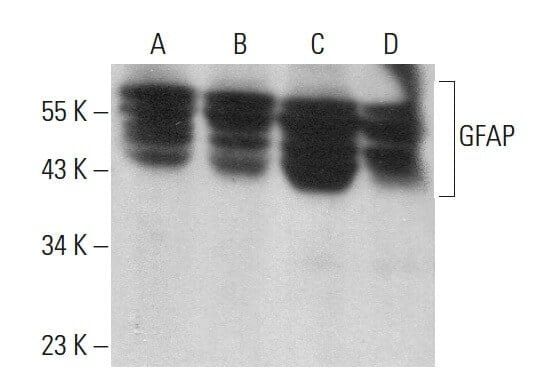
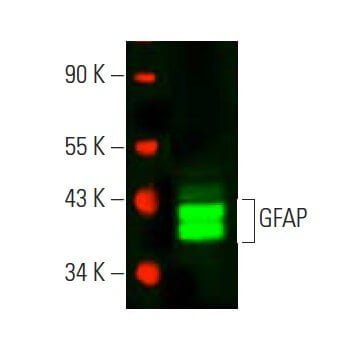

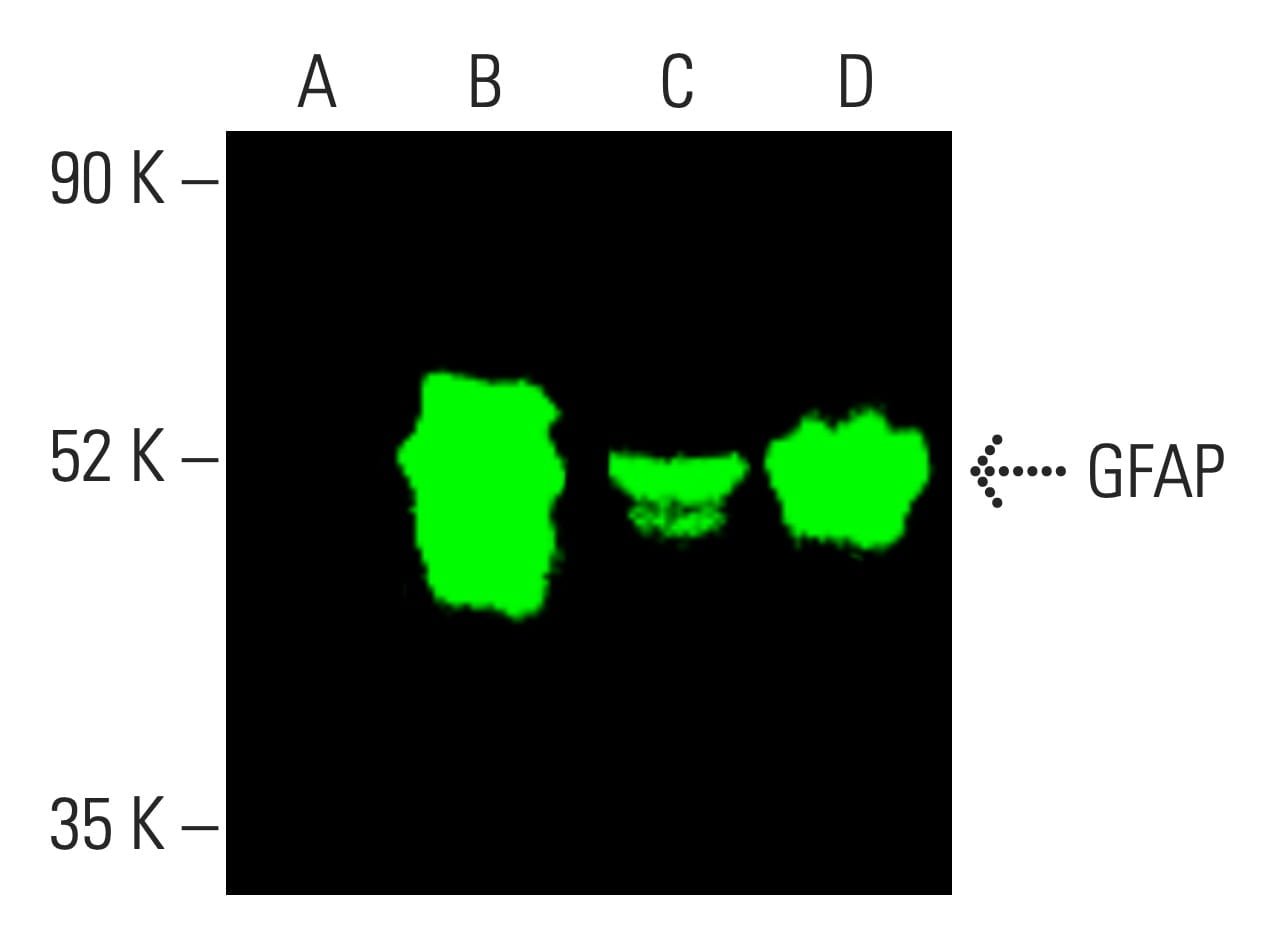

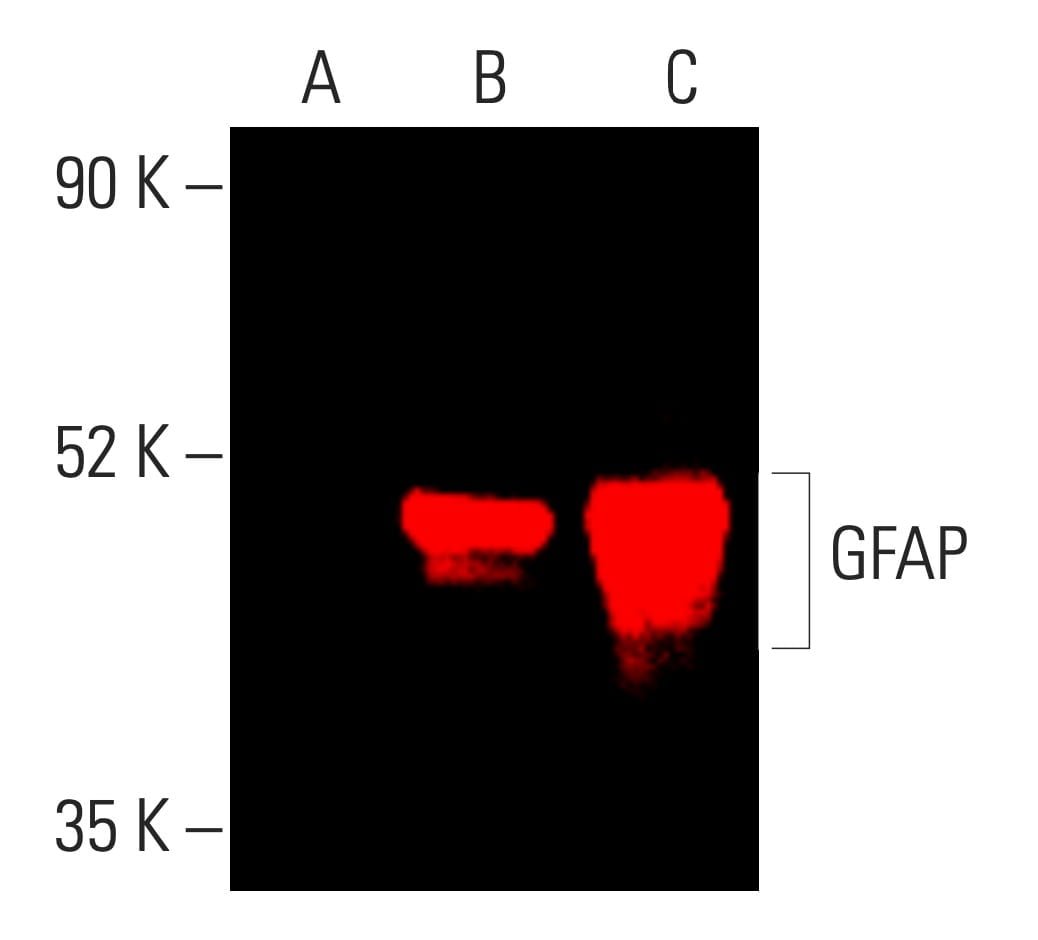


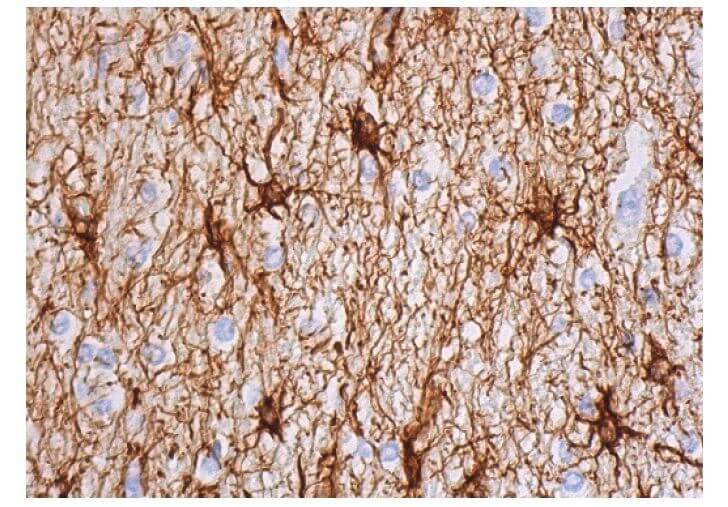
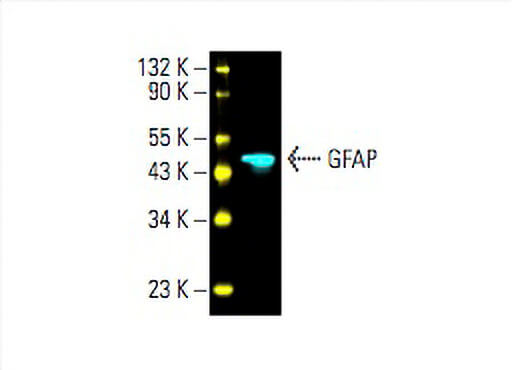

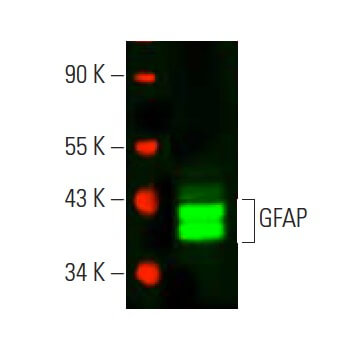


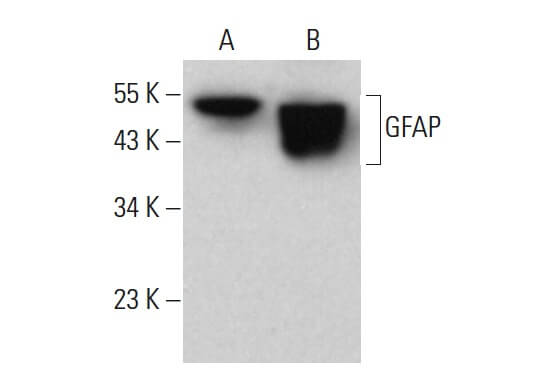

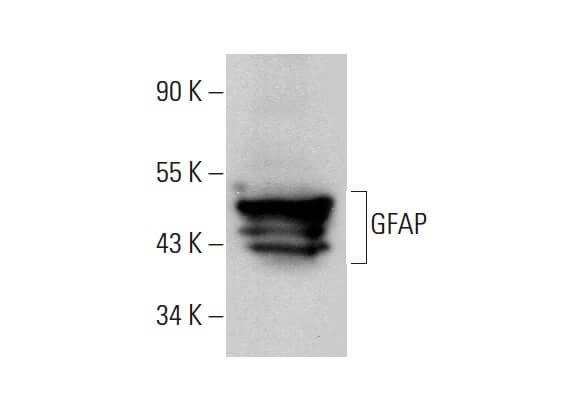
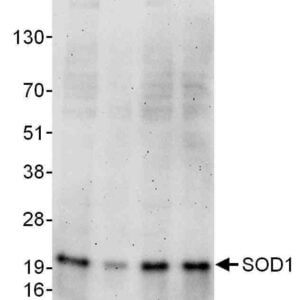
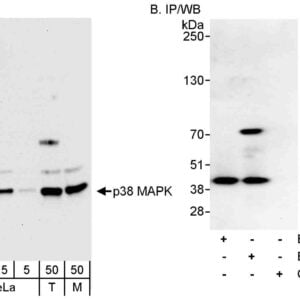
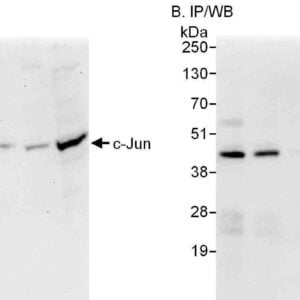
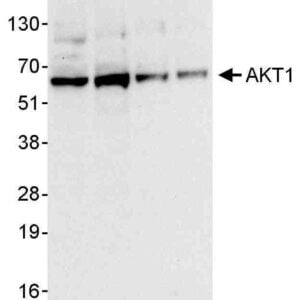

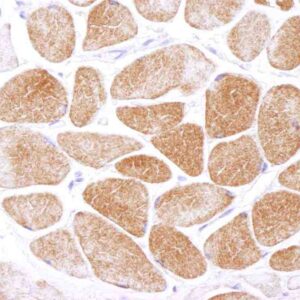
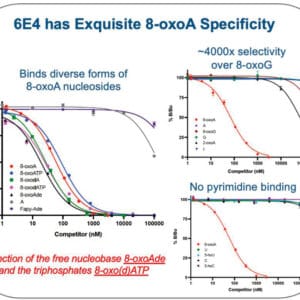

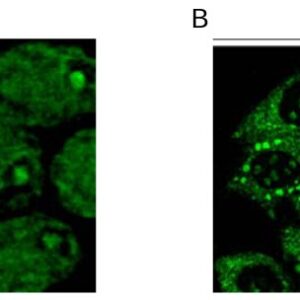
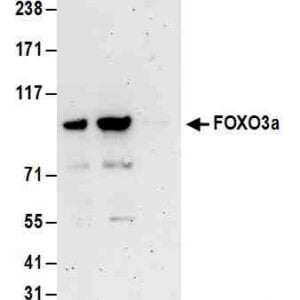
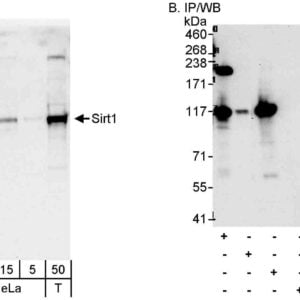
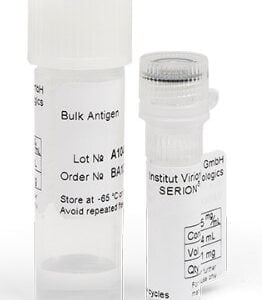
Reviews
There are no reviews yet.